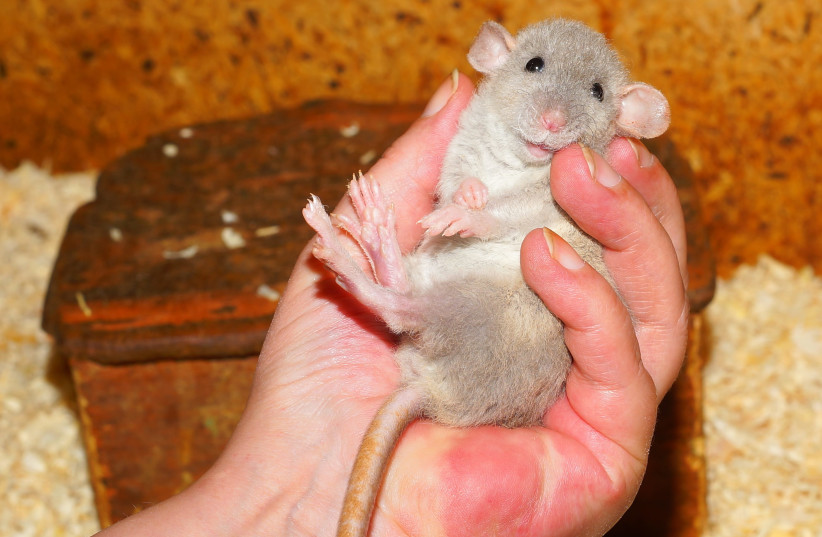Scientists find the playful part of the brain by tickling rats - study
After tickling them under controlled conditions, the German scientists reported a structure in rat brains called the periaqueductal gray is essential to all the fun
Of all classes of mammalian behaviors, play is one of the least understood at the neurobiological level. While scientists have a rough idea about the neural loci responsible for sexual and aggressive behaviors, fear, reward, sensory processing, and even cognition, until now they couldn’t pinpoint the neural circuits underlying play.
Rats are less inclined to play if they are anxious or restrained, and there are minimal data on their brain activity when they are free to play.
After getting rats comfortable with a human playmate, tickling them under controlled conditions, then measuring the rats’ squeaks and brain activity, a research team reports in the prestigious journal Neuron that a structure in rat brains called the periaqueductal gray is essential for all the fun. It was seriously entitled “Play and tickling responses map to the lateral columns of the rat periaqueductal gray.”
Serious science for playful answers
 Rats (credit: PIXABAY)
Rats (credit: PIXABAY)“We know that vocalizations such as laughter are very important in play, which supported the idea that there is some sort of organization signal in the brain regulating this behavior,” said neuroscientist and senior author Michael Brecht. “For example, children check for laughter when they play-fight with each other, and if their playmate isn’t laughing anymore, they stop fighting.”
Play is one of the least understood types of behavior, and scientists currently do not know the neural pathways that control the playfulness of humans and various other mammals. They let the rats get accustomed to their new environment for a few days, and once they were comfortable, the researchers played games of “chase the hand” with them and tickled the rats on their backs and bellies.
Rats don’t laugh the way humans do, but when amused, they squeak in a high-pitched tone that humans cannot hear. The researchers monitored this sound to ensure that the rats were having fun.
When looking at these animals’ brain activity, the researchers found strong neural responses to both tickling and playing in the lateral column of the periaqueductal gray (PAG). If this part of the brain were inhibited, the rats stopped playing as much and didn’t laugh as frequently.
On the other hand, if the rats were put in an unfamiliar environment that was designed to provoke anxiety, they also stopped laughing, and the tickling- and play-responsive cells in the lateral column of the PAG decreased their activity.
The PAG is located in the midbrain, and it has been known in the past to control vocalizations and the fight-or-flight response. Play-fighting can also invoke a fight-or-flight response, which might be one explanation for the PAG’s role in play. Prior research has shown that playfulness persists even if the cortex, which controls consciousness, fails to develop, which suggests that play is a more instinctual behavior.
“A lot of people think that play is childish or not a very decisive behavior, but play is underrated,” noted Brecht. “In my perception of play, it’s a self-training behavior. Usually, brains serve for controlling behaviors. Play behaviors, however, seem to serve for growing brains.”
Next, the researchers plan on seeing if they observe similar activity in the lateral column of other animals when they are being played with, which could allow them to compare the playfulness of different species. They also plan to see if giving younger rats different play habits might change the way that the lateral column of the PAG develops.


No comments:
Post a Comment
Stick to the subject, NO religion, or Party politics